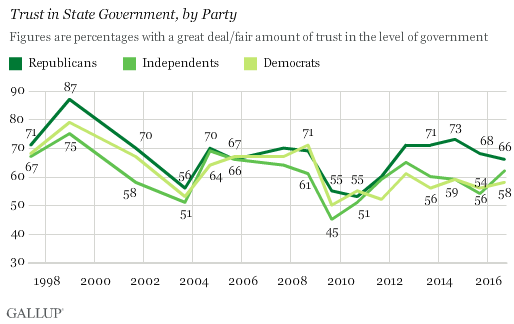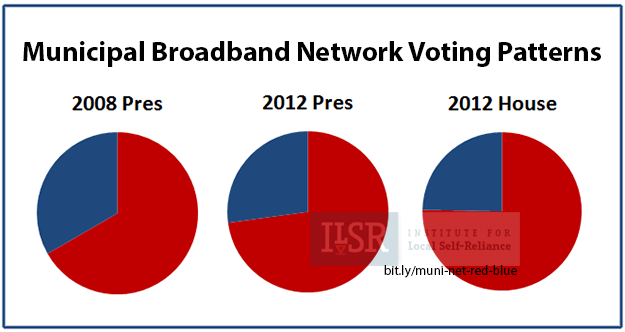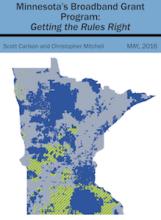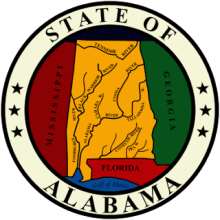Erie County, New York, Take This Internet Access Survey
Forty-three percent of residents in Erie County, New York, do not have access to high-speed Internet access. That’s a drag on the local economy, but the situation could soon change. Erie County residents and businesses have the opportunity to comment on their needs by taking a survey on local Internet connectivity. Residents and businesses in Erie County, New York, can fill out the survey at eriecounty.crowdfiber.com.
An Ongoing Effort, State Support
The survey features a speed test and a few quick questions, which will be used to map where folks lack connectivity. Governor Andrew Cuomo’s half a billion dollar New NY Broadband Program funds the survey. In August 2016, the governor stopped at the University of Buffalo in Erie County to speak about the plan, saying, “Erie County is our first priority.”
This survey is the next step in an ongoing effort to bring 21st century connectivity to the county. In late 2015, Erie County started looking for an organization to study the feasibility of a countywide high-speed network. With the survey results, officials will be able to choose the best path forward. On December 5, county officials hosted a public meeting to discuss the survey and how they will use the results.
There are about 1 million people living in the far western county; approximately 260,000 of them live in the county seat of Buffalo. The community has considered the potential benefits of a municipal fiber network for some time and has been doing their research. Back in early 2015, they released a report that indicated a potential 1.1 percent increase in the county's GDP (approximately $450 million annually) with better connectivity.
"I Can Barely Do Anything"










